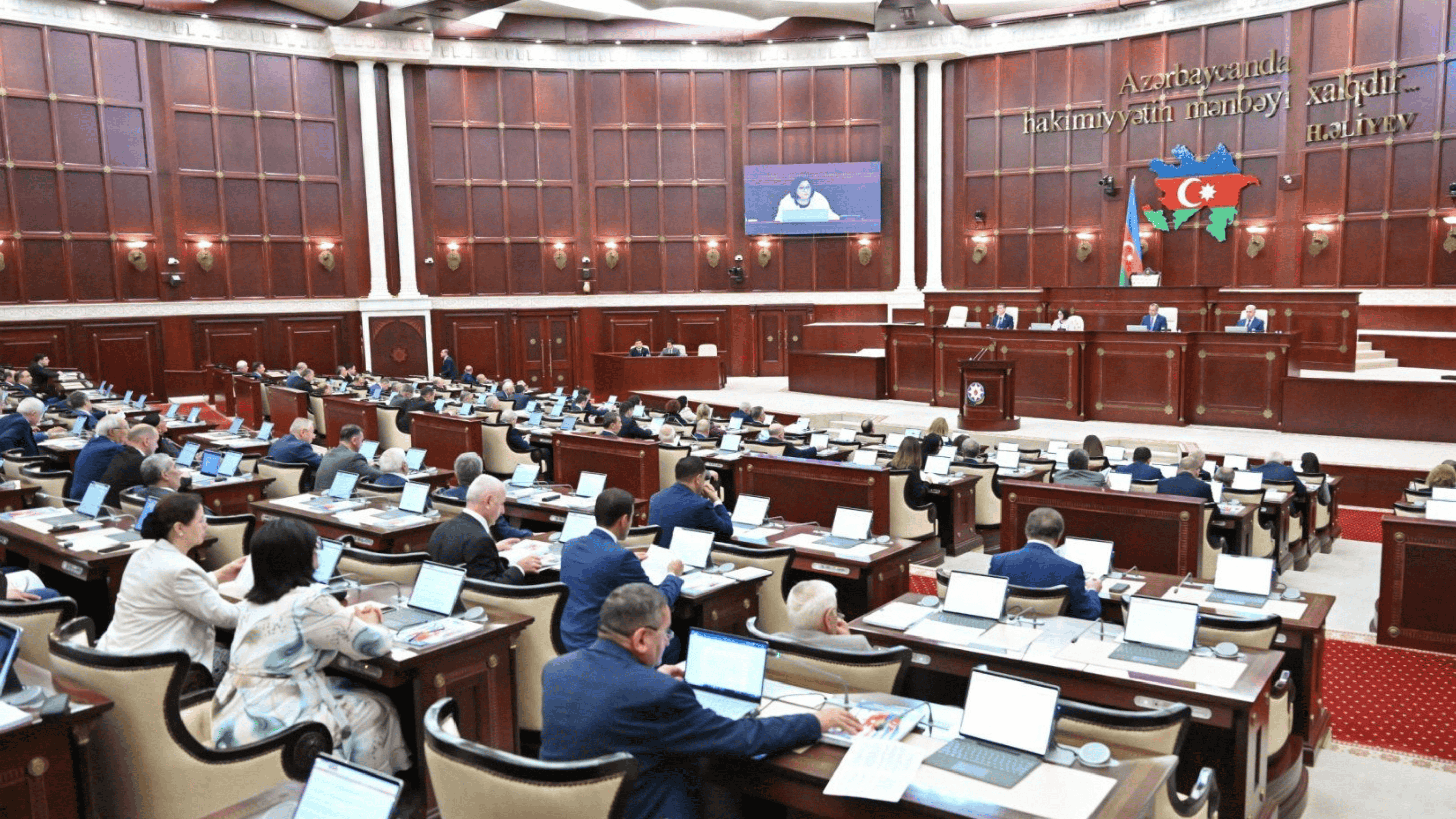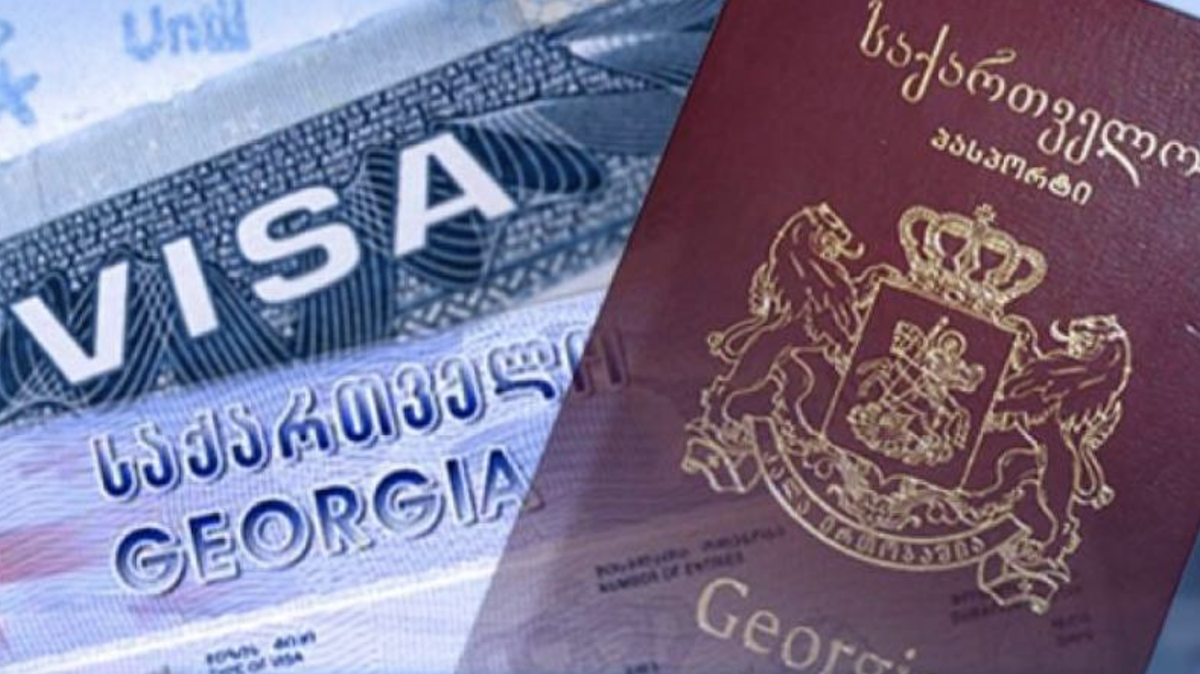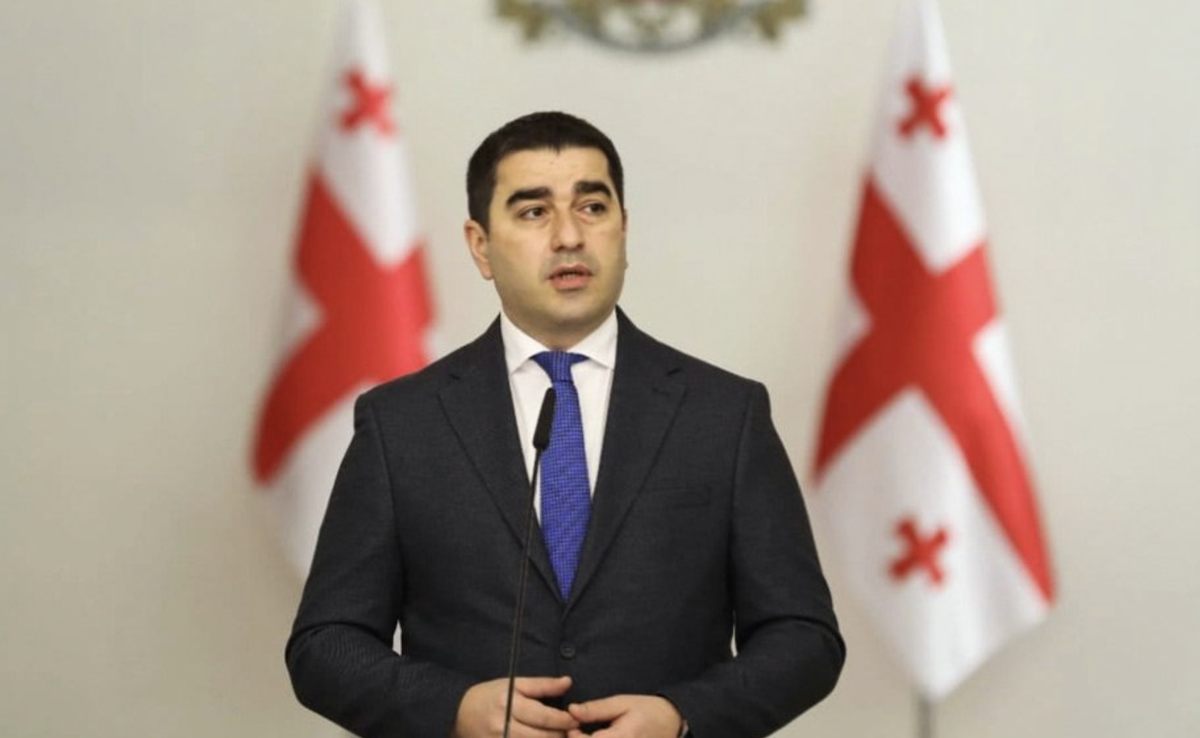Azerbaijan honors 25th anniversary of Khojaly massacre
Today, on February 26, Azerbaijan commemorates the tragic developments in the Azerbaijani-populated city of Khojaly, in Karabakh.
Over 40,000 people, including Azerbaijani President, IlhamAliyev and First Vice-President, Mehriban Aliyeva, participated in today’s march in Baku.
The people were holding the victims’ portraits, as well as posters and banners with inscription in the Azerbaijani, Russian, English and French languages, calling to bring to justice all the guilty and give international assessment to those developments.
Azerbaijani side’s version of the developments:
On the night of February 26, 1992, the Armenian armed units, supported by the servicemen of the 366th motorized infantry regiment of the former soviet army, stationed in Karabakh, using heavy armor delivered an attack and occupied the Azerbaijani-populated city of Khojaly. This military operation resulted in a terrible tragedy, claiming the lives of hundreds of people and became the most bloody page in the Karabakh war history.
Khojaly developments have been recognized as an act of genocide by the Parliaments of over 10 countries and the legislative bodies of more than 20 U.S. states.
Human Rights Watch international organization conducted its own inquiry into the tragedy. The developments have been described in the organization’s report as follows:
A large column of residents, accompanied by a few dozen retreating fighters, fled the city as it fell to Armenian forces. As they approached the border with Azerbaijan, they came across an Armenian military post and were cruelly fired upon.
The report published by the ‘Memorial’, Moscow-based human rights organization, reads as follows:
According to the Nagorno Karabakh officials and those taking part in the assault, Khojaly inhabitants had been informed about a‘humanitarian corridor’ that would be left open to allow for their safe passage.
However, those who reported on the aforesaid didn’t exclude that the majority of Khojaly population couldn’t hear the warning about ‘free corridor’ due to shelling and low-power loudspeakers.”
As the Human Rights Watch reported, none of the interviewed witnesses were unaware of the existence of ‘free corridor’ through which they could have fled.
[yes_list]
- There is no unanimous opinion as to the death toll. According to the official statistics provided by the Azerbaijani side, 613 out of the total 3,000 people in the city, including 106 women, 63 children and 70 elderly, were killed as a result of the Armenian troops’ actions. 487 civilians were severely wounded, 1,275 people were captured and the fate of 197 more individuals is still unknown. 8 families were completely annihilated. British journalists, Thomas de Waal, believes that the most realistic is the figure provided by the Azerbaijani parliamentary committee, that is 485 people (including those who froze on their way).
- The Armenian side’s losses were trivial. According to the Russian Nezavisimaya Gazeta (Independent Newspaper), 7 Armenians were killed and 20 were wounded during Khojaly attack. According to some Armenian sources, up to 10-12 people were killed on that day.
- Khojaly tragedy led to the change of power in Azerbaijan. AyazMutallibov, the first president of the republic, had to step down on March 6, 1992.
[/yes_list]





















